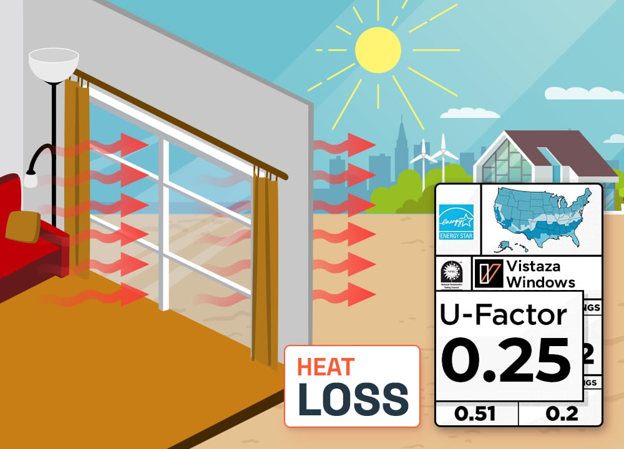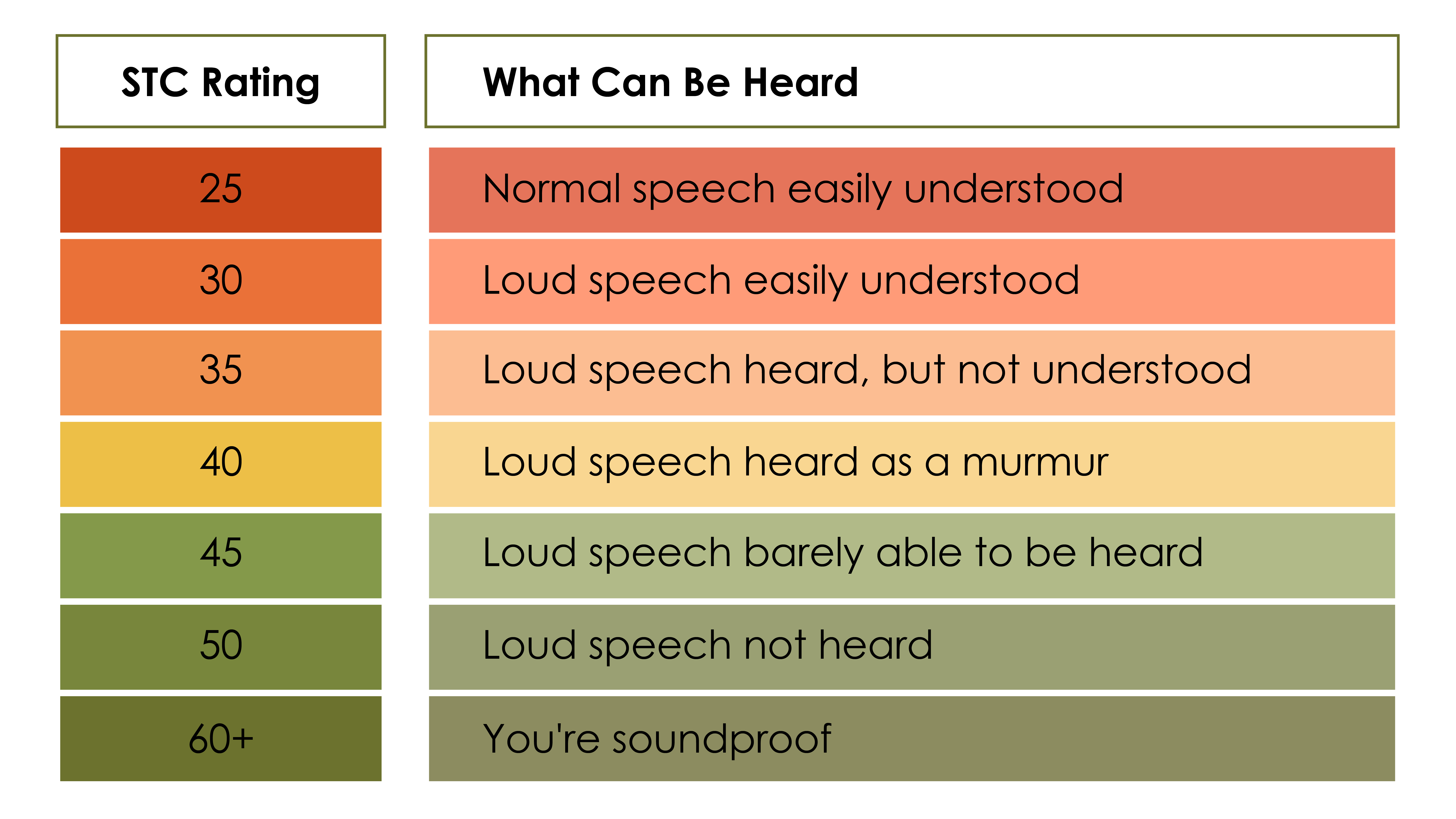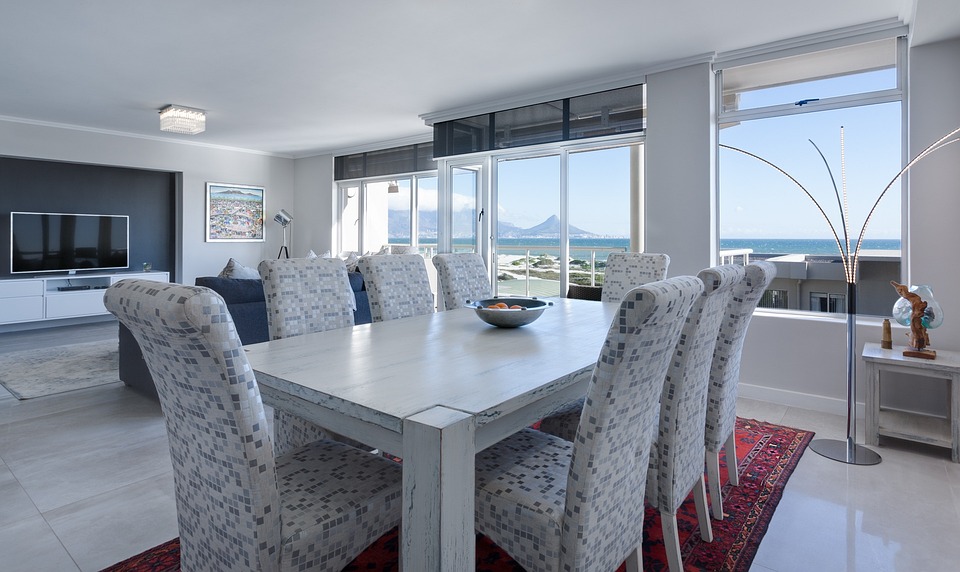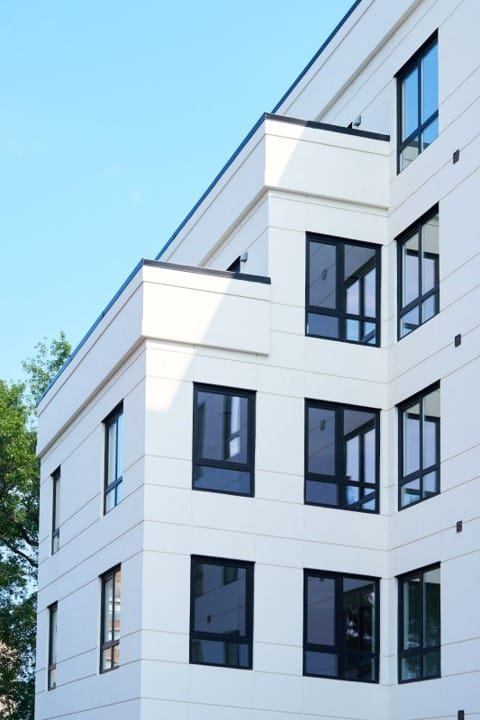Introduction
Windows play a crucial role in multifamily housing projects, particularly in urban areas. They provide ventilation, natural light, and beautiful visual to the living spaces. For architects working on multifamily housing projects, it is essential to understand the key considerations when choosing windows. This guide aims to provide architects with an in-depth understanding of the factors to consider when selecting windows for multifamily housing.
Factors When Choosing Windows for Multifamily Housing
When selecting windows for multifamily housing, there are several important considerations to keep in mind. These factors should be prioritized based on their significance, starting with the most critical aspects. State guidelines, energy efficiency, soundproofing capabilities, low maintenance requirements, safety features, and aesthetics are all crucial factors to consider.

Additionally, it is essential to take into account the building’s location and its surroundings, including structural demands and soundproofing needs. Architects create project requirements based on these factors and building codes. Furthermore, the height of the building plays a significant role in determining the specific demands that the windows must meet, particularly in terms of structural considerations such as wind pressure and water resistance.
Local Council Guidelines
When selecting windows for multifamily housing, compliance with local council guidelines is a non-negotiable factor. Each city may have specific regulations that architects must follow. For example, in New York City, in an above 40 feet building, bird-safe glasses are mandatory to prevent bird collisions.
To ensure compliance with regulations, it is important to familiarize oneself with the local guidelines before selecting any windows. Some regions, such as New York City, now require bird-friendly glass for new constructions and major renovations.
Furthermore, the Bird-Safe Buildings Act has passed the U.S. House of Representatives and is pending implementation, demonstrating a commitment to environmentally friendly building design and bird conservation. Many states, including California, Minnesota, and Michigan, have implemented bird-friendly building regulations, and Maryland’s Sustainable Buildings Act aligns with national requirements.
Additionally, various cities like San Francisco, New York City, and Washington, D.C., have passed or are in the process of passing mandatory bird-friendly building legislation. Window design must also balance the challenges of daylight, views, and ventilation in multifamily buildings. High-performance windows are available on the market, and architects must prioritize thoughtful window design rather than solely aiming for high window-to-wall ratios for lighting power reduction. Solar tube lighting is an alternative solution that can reduce energy usage and overall building performance.
Finally, it is worth noting that New York and California have set strict window standards to achieve greenhouse gas reduction targets, and other states such as Pennsylvania, Alaska, Washington State, and Massachusetts have also adopted energy codes with window energy requirements tailored to their respective climate zones.
Energy Efficiency in Multifamily Housing Windows
Energy efficiency is of utmost importance when selecting windows for multifamily housing. Energy-efficient windows not only help reduce heat transfer but also result in lower energy costs for both residents and property owners. To ensure low energy costs, look for windows with low U-values and Solar Heat Gain Coefficients (SHGC). uPVC, aluminum, vinyl, and fiberglass windows are renowned for their increased energy efficiency properties.

Energy-efficient windows play a vital role in developing environmentally friendly buildings. They effectively reduce energy consumption, lower utility bills, improve indoor comfort, and minimize environmental impact. Familiarity with technical terms like U-factor, Solar Heat Gain Coefficient (SHGC), low-E glass, and argon gas is crucial when selecting energy-efficient windows.
Windows with lower U-factors provide superior insulation by minimizing heat transfer. The SHGC determines the amount of solar heat that passes through a window. Low-E glass reflects heat back to its source and filters out harmful UV radiation. Argon gas enhances insulation by reducing heat transfer between panes.
Multiple pane windows offer better insulation and noise reduction compared to single-pane windows. Understanding these concepts empowers building owners to make informed decisions that reduce energy costs and create more comfortable environments.
Energy Requirements Across Different States
Energy efficiency is vital in US building design, with windows playing a key role in heating and cooling. Different states have imposed various energy requirements on windows.
For example:
- New York: Window energy requirements include a U-factor of 0.32 or less and a SHGC of 0.25 or less, with variations for different climate zones.
- California: Residential buildings must have windows with a U-factor of 0.30 or less, and the maximum SHGC is 0.23 in cooler climates. Commercial buildings have different U-factor requirements for fixed windows, operable windows, curtain wall/storefront, and glazed doors.
- Pennsylvania: Window energy requirements differ across climate zones, with U-factor requirements ranging from 0.30 to 0.32.
- Alaska: Triple-pane windows with a U-factor of 0.25 or less are recommended for the extreme cold climate.
- Washington: Window requirements include a U-factor of 0.30 or less and a SHGC of 0.40 or less, with variations for different climate zones.
- Massachusetts: Window energy requirements consist of a U-factor of 0.32 or less and a SHGC of 0.40 or less. Compliance with NFRC standards is also necessary.
Soundproofing
In densely populated urban areas, noise can have a significant impact on physical and mental well-being, affecting academic performance, productivity, and concentration. Choosing windows with good soundproofing capabilities can greatly enhance the comfort and quality of living in multifamily housing. Soundproofing is crucial not only for creating pleasant environments but also for maintaining confidentiality and privacy in spaces like hospitals and conference rooms.
Architectural acoustics, which involves controlling sound within a built environment, is essential in achieving optimal soundproofing. Three fundamental elements of architectural acoustic design are absorption, reflection, and diffusion. Absorption involves the use of materials like acoustic panels to dampen sound waves and create a pleasant sonic environment. Reflection and diffusion are used to control sound reflections and reduce echoes and reverberation. It is recommended to incorporate acoustic design into building plans during the design phase and collaborate with acoustical consultants for performance spaces like theaters and auditoriums.
Construction documentation should include specific materials and specifications to ensure the correct implementation of acoustic design, and site visits during the construction phase are essential to ensure proper installation of soundproofing materials.
In multi-family residential buildings, following building codes and guidelines for sound insulation is crucial to maintain privacy and minimize noise transmission between units. By understanding the effects of noise pollution and implementing effective soundproofing measures, one can create peaceful and productive environments in their building projects.
In multi-family residential buildings, it is crucial to adhere to building codes and guidelines for sound insulation to maintain privacy and minimize noise transmission between units. By understanding the detrimental effects of noise pollution and implementing effective soundproofing measures, individuals can create peaceful and productive environments in their building projects.
Factors such as traffic, trains, and planes in different cities can significantly impact the soundproofing demands placed on windows. Therefore, considering the noise generated by these sources is essential when selecting appropriate soundproof windows.
OITC/STC

The OITC rating measures sound transmission between outdoor and indoor spaces, focusing on blocking out low-frequency sounds. It is measured by comparing sound intensity reduction in decibels (dB) between outdoor and indoor spaces. OICT is important for areas sensitive to traffic and airplane noise.

While the OITC rating is valuable for low-frequency sound concerns, the STC rating system is preferred for overall soundproofing comparisons. When choosing soundproof windows, consider both the STC and OITC ratings, along with factors like glass thickness, insulating gas, spacer type, and the number of glass tiles, for maximum effectiveness in blocking out exterior noise.
Durability, Low Maintenance & Safety

Durability and safety are essential factors to consider when selecting windows for multifamily housing. Residents, especially parents, need assurance that their children will be safe. Opt for windows made from durable materials, such as fiberglass or vinyl, uPVC which require less long-term maintenance. Additionally, choose windows with robust locking mechanisms to enhance security.
Aesthetics

While functionality and performance are crucial, the aesthetic vision should not be overlooked when selecting windows for multifamily housing. Windows contributes to the overall visual appeal of the building and can enhance the architectural design. Consider the style, color, and frame material options that align with the overall aesthetic vision of the project.
Factors When Choosing a Window Supplier
Apart from the factors to consider when choosing windows, it is equally important to select the right window supplier for your multifamily housing project. Here are some key factors to consider when evaluating window suppliers.
Transparent Cost Breakdown

When undertaking a multifamily housing project, it is crucial to consider the budget. In addition to that, it is important to explore window suppliers who not only offer transparent cost breakdowns, but also provide options that can enhance the overall aesthetic appeal of the building or be more cost-effective. By considering specific project demands, such as appearance, suitability, and cost, you can make an informed decision that aligns with both your budget and project requirements.
Systematic Planning

Choose a window supplier who demonstrates systematic planning throughout the project. They should be able to provide a detailed timeline, including window manufacturers’ lead times, delivery schedules, and installation milestones. Effective project management ensures smooth coordination and avoids delays.
Relevant Experience and Portfolio
Before finalizing a window supplier, review their relevant experience and portfolio. Look for suppliers who have worked on similar multifamily housing projects and have a successful track record. Request references and visit completed projects to assess the quality of their windows and installation workmanship.
Conclusion
Choosing the right windows for multifamily housing projects requires careful consideration of various factors.
By understanding the importance of local council guidelines, energy efficiency, soundproofing, durability, low maintenance, safety, and aesthetics, architects can make informed decisions. Additionally, selecting a reputable window supplier with transparent cost breakdowns, systematic planning, and relevant experience will contribute to the success of the project.




